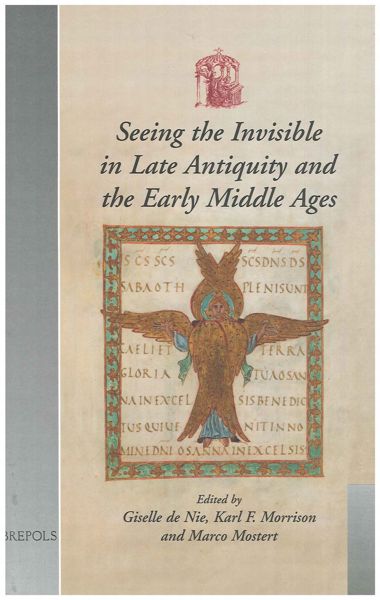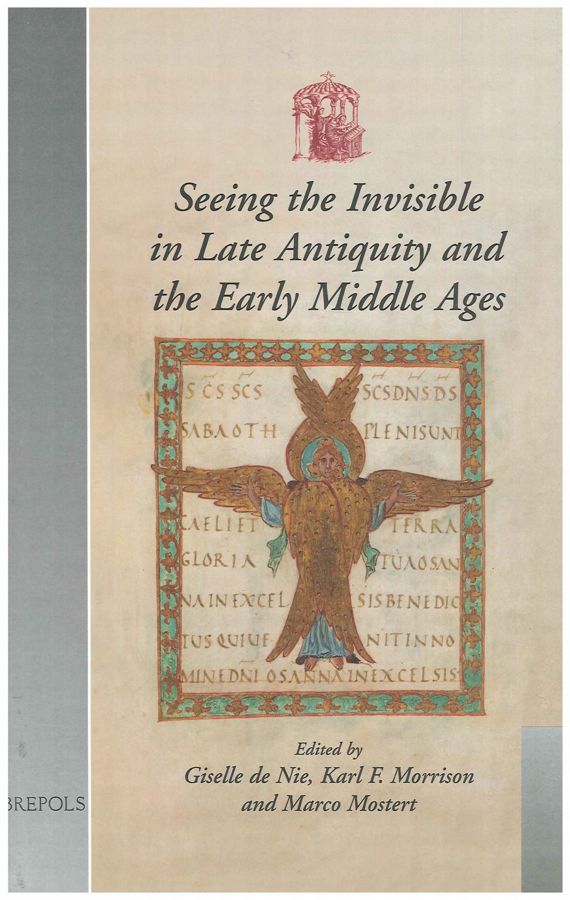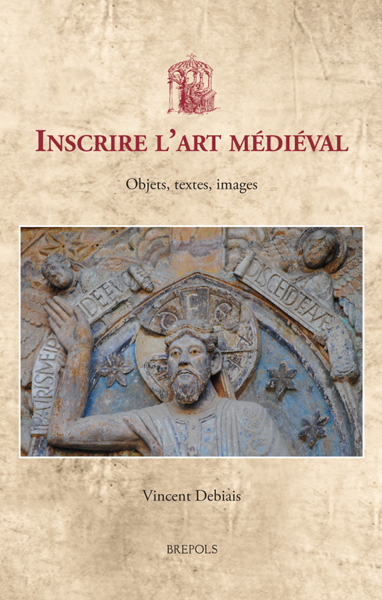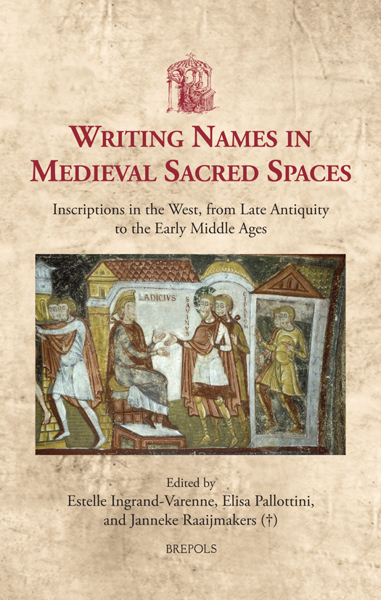
Seeing the Invisible in Late Antiquity and the Early Middle Ages
Papers from "Verbal and Pictorial Imaging: Representing and Accessing Experience of the Invisible, 400-1000" (Utrecht, 11-13 December 2003)
Giselle de Nie, Karl F. Morrison, Marco Mostert (eds)
- Pages: 546 p.
- Size:160 x 240 mm
- Illustrations:99 b/w, 11 col.
- Language(s):English
- Publication Year:2005
- € 70,00 EXCL. VAT RETAIL PRICE
- ISBN: 978-2-503-51759-9
- Hardback
- Available
- € 70,00 EXCL. VAT RETAIL PRICE
- ISBN: 978-2-503-53934-8
- E-book
- Available
Limiting itself to the vital centuries when the late Roman West reshaped itself into a first "Europe," the conference explored the dominant conception of human nature in that era: that human existence was both body (in the visible world of material things) and soul (in the invisible world of spirit). This was a legacy of pre-Christian elements handed down from Greek philosophy and Hebrew Scriptures. Assimilating it to indigenous cultures in the Roman West, many alien to the ancient Mediterranean world, precipitated sea-changes in the understanding of human psychology. Ensuing frictions sparked extraordinary expressions of creativity in words and visual images. It also created dangerously subversive disequilibriums in the collective mentality within élites and between them and majority cultures. The papers in this volume investigate numerous configurations of a new culture taking shape in that volatile environment. They contribute to continuing debates about the cognitive co-ordination of words and pictorial images, and to cross-disciplinary dialogues in such disparate fields as art history, religious literature, mysticism, and cultural anthropology.




